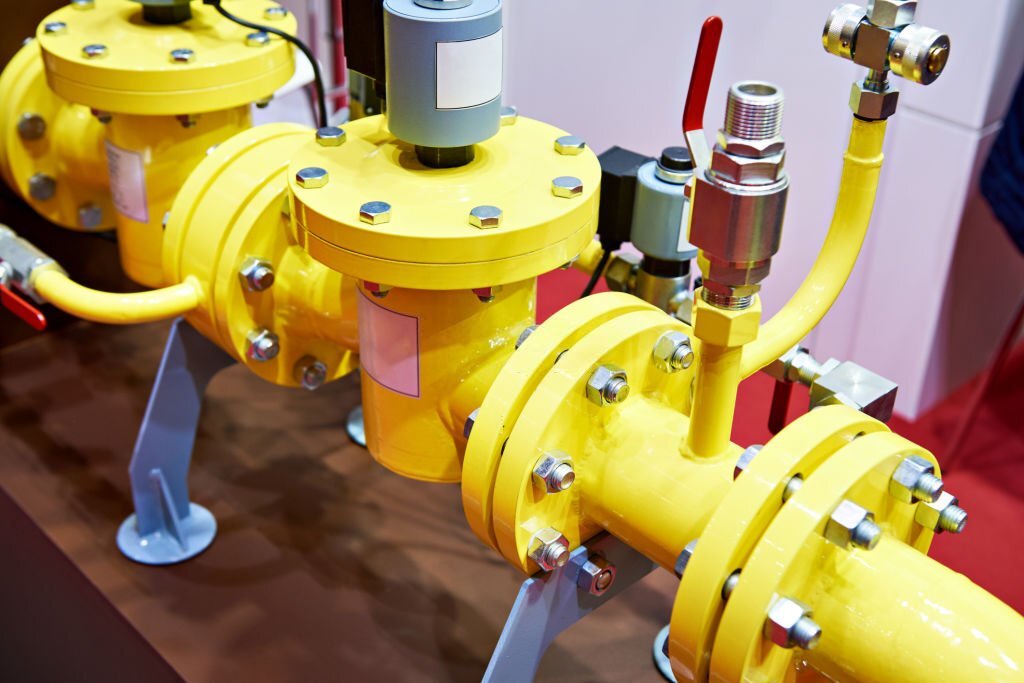We all take for granted the things that are part of our daily lives. That’s why we’re always discovering new uses for items and new purposes for devices. Gas valves are used in many industries for controlling or regulating the flow or movement of gases or liquids under pressure, where a single command from an actuator provides fluid to a process through one port, which may be either open or closed. You can also use it to throttle the flow rate as needed, providing you with versatility that a simple tap will never offer. A solenoid gas valve ensures uninterrupted service while you work on your gas line.
What is a Solenoid Valve?
A solenoid gas valve is an electrically operated valve used in fluid power applications to control the flow of liquids and gases. The solenoid is a coil of wire that, when energized, creates a magnetic field that actuates the valve. These valves are available in a variety of sizes and configurations.
Types of Valve Applications
There are a variety of valve applications that can be used in different industries and settings. Here is a look at some of the most common types of valve applications:
–Industrial Settings: Valves are commonly used in industrial settings such as manufacturing plants and factories. They are used to control the flow of liquids and gases and can be used to regulate pressure and temperature.
–Residential Settings: Valves are also used in residential settings, such as homes and apartments. They can control the flow of water, gas, and air. Additionally, they can regulate the temperature and pressure of these systems.
–Commercial Settings: Valves are also used in commercial settings, such as office buildings and stores. They can control the flow of water, gas, and air. Additionally, they can regulate the temperature and pressure of these systems.
Why Use A Solenoid Gas Valve?
A solenoid valve is a valve that uses an electromagnet to open and close a seal. It allows for precise control over the flow of liquids or gases, making it ideal for use in various settings. Here are just a few examples of why you might use it:
-To control the flow of water to an irrigation system
-To regulate the flow of air to a pneumatic system
-To dispense chemicals in a laboratory setting
-To open and close an oil or gas line
How to Maintain Your Solenoid Gas Valves
Regular maintenance is important to keep your solenoid gas valve working properly, as with any other mechanical valve. Here are some tips on how to maintain your solenoid valves:
-Regularly check the condition of the coil and connections. If the coil is damaged or the connections are loose, it can affect the valve’s performance.
-Make sure that the O-rings and other seals are in good condition. These can wear out over time and cause leaks.
-Keep the place clear of dirt and wipe around the valve. It will help prevent dirt and dust from getting into the moving parts and causing problems.
Best Practices to Follow When Choosing Your First Solenoid Gas Valve
When choosing a solenoid gas valve for the first time, there are a few best practices to ensure you get the most out of your purchase. Below, we outline some key considerations and tips to keep in mind when selecting a solenoid valve.
Material Compatibility: One of the most important things to consider when choosing a solenoid gas valve is whether or not the material is compatible with your system. Incompatible materials can cause serious damage to your equipment. Make sure to consult with an expert to determine which material is right for you.
Fluid Type: Another crucial factor to consider when selecting a solenoid valve is the type of fluid running through it. Different fluids require different types of valves to function properly. Be sure to ask about this before making your purchase.
Pressure Rating: The pressure rating of a solenoid valve is also important to take into account. You’ll want to choose a valve that can handle the pressure requirements of your system to avoid any issues down the line.
These are just a few things you’ll need to remember when choosing a solenoid gas valve for your purposes. By following these best practices, you can be sure that you’ll make the right decision for your needs and get the most out of your purchase.

